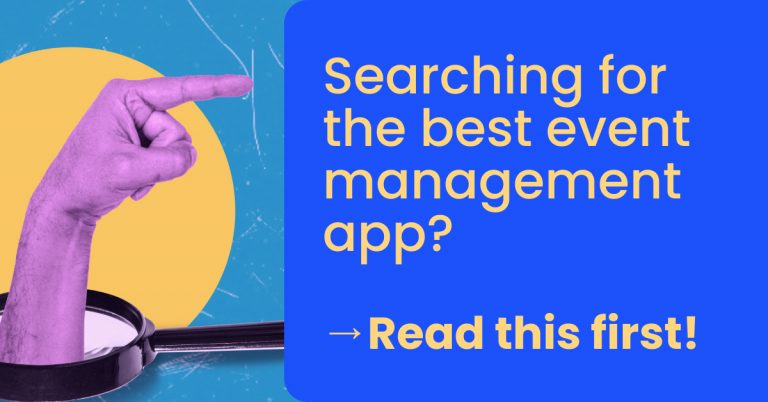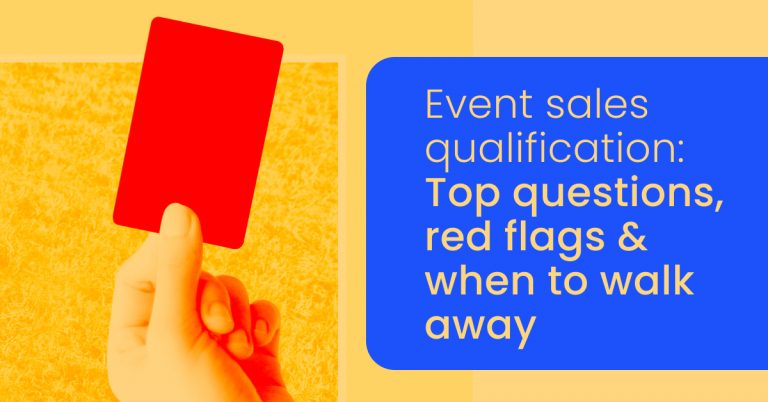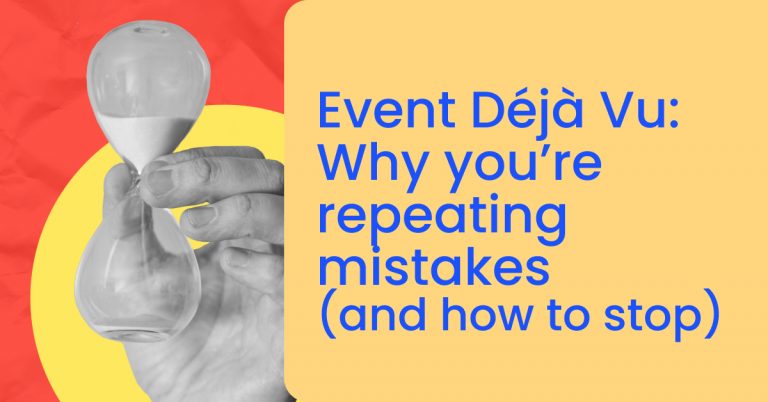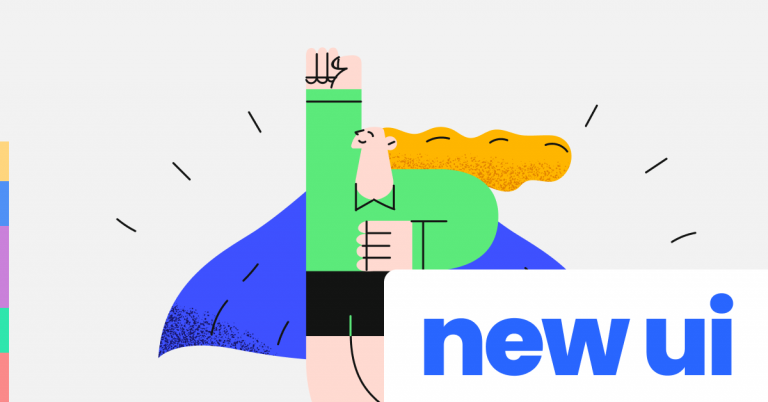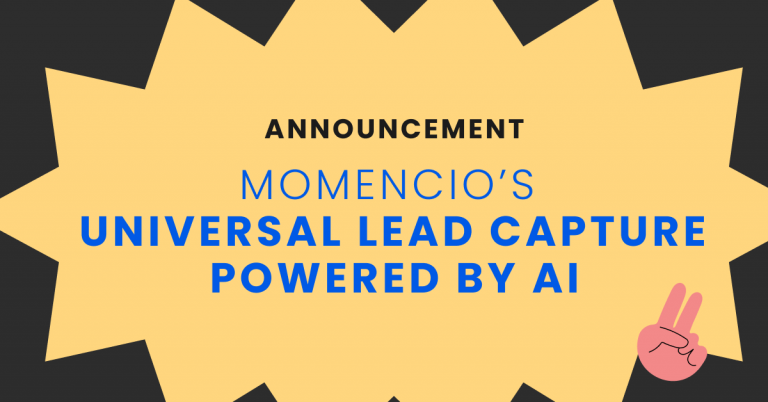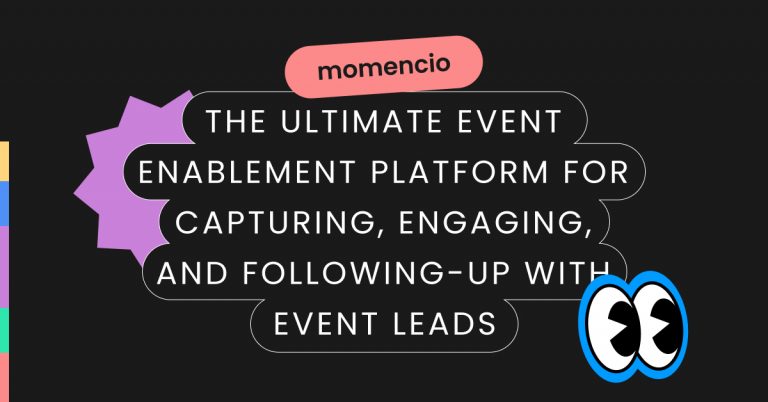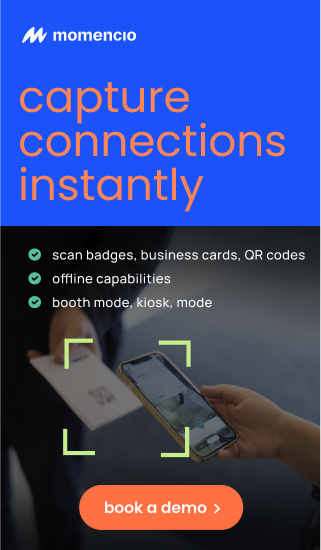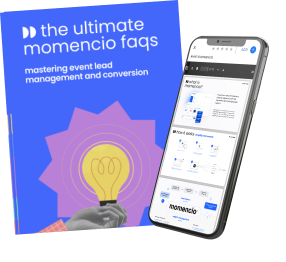When it comes to event marketing, it’s easy to fall into the trap of thinking the next tool will fix everything. Another app. Another dashboard. Another platform promising to “streamline” your trade show experience.
But the truth is that you don’t need another event management app packed with features you won’t use. You need a system that helps you do one thing better than ever before—capture leads that convert.
Because at the end of the day, events aren’t about scanning badges or collecting swag bags. They’re about conversations. Relationships. Revenue.
This article is for the field marketer trying to prove event ROI from that $50K booth. For the event sales rep juggling five conversations in ten minutes. For the marketing leader who’s tired of seeing leads go dark after the show.
Let’s cut through the noise and get real about what actually drives pipeline from events.
Why “just another event management app” isn’t enough
The problem with app overload at events
Let’s start with something every event marketer has experienced: app overload.
You arrive at a trade show and your team is juggling:
- The official show badge scanner
- A branded lead capture form
- A separate QR code generator
- A shared Google Sheet for notes
- The company CRM (which no one opens onsite)
- And yes, an event management app no one was trained on
The result? Chaos masked as productivity.
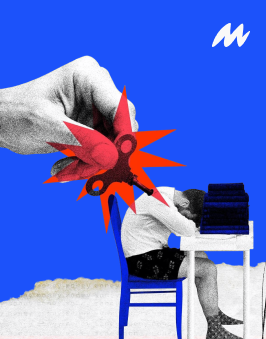
Instead of creating meaningful interactions, reps are distracted by toggling between screens. Notes get lost. Data gets duplicated (or worse—never entered). Leads fall through the cracks before they even hit your CRM.
And most importantly: nobody knows which leads are actually worth following up on.
This isn’t just inefficient—it’s expensive.
Too many features, not enough focus on ROI
Most event management apps are designed to impress procurement teams, not solve problems for marketers or sellers in the field.
They offer:
- Agenda builders
- Session tracking
- Wayfinding maps
- Social feeds
- Gamification tools
These features look great in a demo but rarely impact what matters most: generating qualified pipeline from events. The truth is, most marketers only use 10–20% of their event tech stack—and lead capture often isn’t prioritized within that slice.
If your app doesn’t accelerate handoffs to sales or help you prioritize follow-up based on buyer intent, it’s not helping you win deals—it’s just helping you look busy.
The shifting needs of event marketers, field teams, and sales
Event tech was originally built for logistics—not revenue generation. But today’s field and event marketers live in a different reality:
| Role | Then | Now |
| Event Marketer | Focused on booth setup & logistics | Accountable for attributed pipeline |
| Field Sales | Managed follow-up post-event via email | Expected to engage warm leads instantly |
| Marketing Ops | Synced CRM data manually post-event | Demands real-time integration & reporting |
The expectations have changed, but most “all-in-one” apps haven’t caught up.
What modern teams need is not more software—they need clarity:
- Which attendees showed strong buying signals?
- What did we talk about at the booth?
- How soon can we get them into our nurture tracks?
- Where are our hottest leads? Who owns follow-up?
The future doesn’t belong to bloated platforms with shiny dashboards—it belongs to tools that help humans sell better and faster after meaningful 1:1 connections at events.
Lead capture: getting beyond business cards and badge scans
Real-time capture without disrupting attendee flow
Imagine this: A potential customer walks up to your booth. They’re curious but cautious—just exploring options at this stage.
You have maybe 90 seconds before they move on to another vendor with a flashier giveaway or shorter line. What happens next determines whether this conversation turns into closed revenue—or gets lost forever in a badge scan database no one will open again.
Modern lead capture should feel like part of the conversation—not a disruption from it. Every moment counts.
Here’s what seamless lead capture should look like:
- Launches instantly on tablets or mobile devices
- Doesn’t require typing long forms (use tap-to-fill)
- Captures key details while keeping eye contact
- Allows reps to add notes mid-conversation
- Works without Wi-Fi or cell reception
It should be so intuitive that your booth staff forget they’re using software at all—and attendees never feel like they’re being “processed.”
AI-powered data enrichment for faster sales qualification
Badge scans give you names and companies—maybe titles if you’re lucky. But is that really enough?
Let’s say two people scan their badges:
- Sarah Chen – Director at WidgetCorp
- Mark Evans – Consultant at Evans Consulting LLC
Without enriched data, both look equal in your CRM. But Sarah manages procurement for a $5M budget and Mark is just browsing ideas for his blog post on industry trends.
AI lead enrichment with properly set-up engagement system can surface insights like:
- LinkedIn Profile
- Phone number
- email address
- Intent signals (e.g., content they are interacting with most)
This context allows marketing and sales teams to prioritize high-value buyers instantly—and avoid wasting cycles chasing unqualified contacts who were just collecting swag pens.
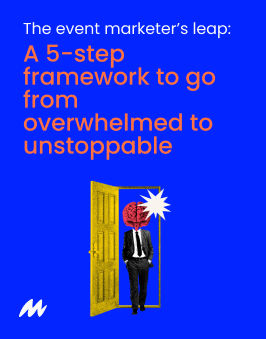
Custom qualification questions to identify true prospects
Generic forms kill momentum—and provide little value after an event ends. That’s why smart teams use dynamic qualification questions tailored by persona or vertical.
For example:
If someone selects “Healthcare” as their industry:
- “What EHR system do you currently use?”
- “How big is your clinical team?”
If they select “Education”:
- “Are you evaluating edtech tools this quarter?”
- “Is purchasing centralized or school-based?”
These micro-moments reveal buying signals no badge scan ever could—and let reps have smarter follow-ups within minutes of each interaction ending.
Plus, asking relevant questions builds credibility during conversations rather than making them feel like surveys.
Offline functionality for unpredictable event conditions
Let’s be brutally honest: Wi-Fi at events is unreliable at best—and nonexistent at worst (especially in large convention halls).
If your lead capture tool depends on cloud syncs just to function, you’re gambling valuable data every time someone interacts with your team offline—or when devices go into airplane mode due to signal congestion.
Offline-first design means:
- Leads are saved locally until connection resumes
- Notes and answers are cached securely per device
- No duplicate records due to failed sync attempts
This isn’t just a technical feature—it’s peace of mind for every rep on your team trying to make magic happen under high-pressure conditions where time is limited and stakes are high.
Integration with your stack: the unsung hero of conversion
Why syncing with your CRM/MA is non-negotiable
Your tech stack exists for one reason: alignment between marketing activities and sales motion. But when lead capture lives outside that stack—even temporarily—you introduce delays, confusion, and risk across every funnel stage after an event ends.
Ask yourself:
- How fast does captured lead data reach our CRM?
- Are reps notified automatically when their accounts visit our booth?
- Can we trigger nurture sequences in real time?
If any answer takes more than ten seconds to explain—you’re leaking pipeline potential right now.
Seamless integration isn’t a bonus feature; it’s table stakes for modern revenue teams trying to close deals faster than competitors who spoke with those same attendees an hour later down the expo floor.
Triggering real-time sales actions and workflows
Let’s take an example flow using integrated systems:
- A VP-level prospect talks with your rep.
- Their info + notes enter momencio via mobile.
- Within seconds:
- A Slack alert goes out tagging AE + SDR.
- A personalized email sends from AE thanking them.
- Salesforce updates contact/account score.
- HubSpot triggers an ABM sequence based on vertical fit.
- Sales has booked a meeting within 24 hours… while competitors wait days just uploading CSVs from badge scanners into Salesforce manually.
This kind of velocity creates competitive edge—not because technology is magic—but because context stays fresh while intent is hot.
Integration gaps that silently kill lead momentum
Here are common breakpoints where poor integrations derail post-event engagement:
| Gap | Symptom | Impact |
| Delayed sync | Leads take hours/days to appear in CRM | Missed follow-up windows |
| Lost notes | Booth conversations don’t make it into records | Reps lose context |
| Manual uploads | CSV imports done days later by ops team | Duplicates & errors |
| Static fields only | Dynamic data (e.g., scoring) lost in transfer | Poor prioritization |
These aren’t minor inconveniences—they directly affect conversion rates across every deal sourced from live events.
Integrated vs siloed lead capture
Let’s compare two hypothetical companies attending the same trade show:
| Company A (Siloed) | Company B (Integrated via momencio) |
| Uses badge scanner only | Uses smart lead capture synced with CRM |
| Exports CSV post-event | Syncs leads instantly |
| Sends generic campaign | Triggers role-based nurture flows |
| Sales follows up late | Sales alerted instantly |
| Result: 2% conversion | Result: 11% conversion |
The difference isn’t just technology—it’s operational readiness built around actual selling moments.
The human side of lead capture: usability, training, and trust
Training booth staff to use tech without slowing conversations
Tools don’t fail—people fail to use them properly under pressure when training is rushed or non-existent.
Here are ways successful teams onboard reps effectively:
- Roleplay scenarios during pre-show meetings
- Use dummy entries & test flows ahead of go-live
- Assign Tech Champions per shift
- Build cheat sheets w/FAQs + workflows
- Reinforce benefits (“faster follow-up = more commission”)
Remember—the goal is zero hesitation during live interactions.
Designing for speed and simplicity in busy environments
Good UX anticipates friction before users feel it:
Checklist for evaluating UX under expo pressure:
– Can someone launch form in <5 sec?
– Is navigation possible one-handed?
– Are key fields auto-filled?
– Is visual hierarchy clear even outdoors/low light?
Small design tweaks = massive gains when time matters most.
Addressing attendee privacy concerns head-on
People care how their information is used—especially in B2B settings where reputation matters.
Here are trust-building tactics:
– Display simple consent language visibly
– Allow opt-outs clearly without being pushy
– Don’t bury intent behind gamified tricks
Tools like momencio help you collect compliant consent seamlessly—so legal never becomes an afterthought.
What “good UX” looks like in a chaotic expo hall
It looks like this:
– Intuitive layout without needing instructions
– Responsive design across iPads + phones
– Instant feedback when info saves successfully
– Built-in fail-safes if internet drops mid-demo
If it feels invisible during use—that’s great UX.
From scan to sale: tracking lead quality and long-term ROI
Why volume alone is a vanity metric
Collecting 1,000 leads feels good—but if only 20 are qualified buyers, you’re just inflating numbers without value.
Always ask:
– Did we meet ICP buyers?
– Are these accounts already active opportunities?
– What % converted into meetings/pipeline?
Focus less on total scans—more on strategic impact.
Using segmentation and scoring to separate noise from value
Use these attributes post-capture:
– Job title seniority → Score higher
– Budget authority → Score higher
– Custom answers → Segment personas
– Engagement at booth → Prioritize warmest
Tools like momencio automate scoring rules based on this logic so sellers know where attention belongs first.
Building post-event nurturing campaigns that actually convert
Best practices:
- Personalize based on what was discussed onsite
- Include visuals/photos from YOUR specific booth
- Match CTA by persona/job role
- Time emails within <48hrs post-show
- Use retargeting ads against email opens/clicks
Events don’t end when flights board—they continue digitally through relevance-driven nurtures powered by clean data captured onsite.
Proving ROI: analytics dashboards that matter to sales leadership
Don’t send spreadsheets—highlight outcomes:
Table view sample:
| Metric | without-momencio | With momencio |
| Leads captured | 850 | 612 |
| Qualified opportunities | 47 | 92 |
| Pipeline created | $320K | $940K |
| Closed-won | $70K | $410K |
When leadership sees revenue per show, investment becomes easier next quarter.
Conclusion
Events aren’t about checking boxes—they’re about unlocking relationships through presence plus precision.
You don’t need another broad-purpose event management app promising everything but delivering nothing where it counts.
You need modern lead capture designed around how humans buy—and how sellers sell—in real-world moments filled with noise, opportunity, and urgency.
FAQs
- How does momencio improve our trade show ROI?
- momencio captures richer data onsite + syncs instantly into CRMs so hot leads receive timely outreach—not generic emails days later.
- Can momencio work offline during poor Wi-Fi conditions?
- Yes, momencio stores all entries locally until connection resumes—so nothing gets lost even if internet drops.
- How quickly can sales act using momencio?
- Leads sync instantly with CRMs + trigger workflows so SDRs/AEs can engage same-day while memory + intent stay fresh.
- Does momencio support custom qualification logic per industry?
- Absolutely—you can tailor forms dynamically based on verticals or personas so conversations stay relevant.
- Is attendee consent handled inside momencio during capture?
- Yes—all forms include customizable consent language + opt-out logic so privacy compliance becomes seamless.
Interesting facts from research
- Responding to leads within the first two hours results in a 60x higher likelihood of conversion compared to waiting 24 hours or more.
- 85% of exhibitors state that their primary goal is to generate leads at trade shows.
- Over 75% of companies now use some form of digital lead retrieval system at trade shows, a significant increase from just a decade ago.


